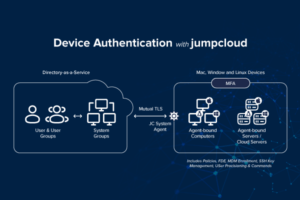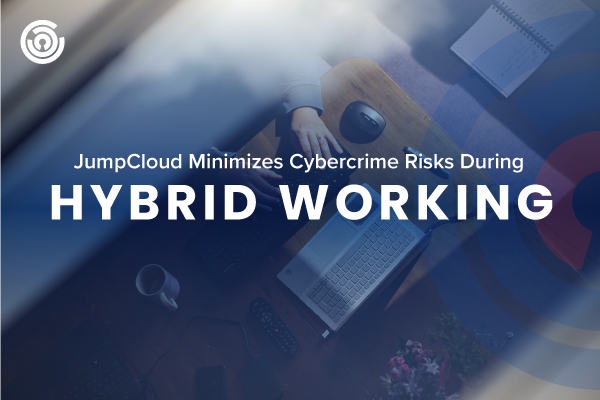JAKARTA, August 9th 2023 – Hybrid working is predicted to be a trend that will be implemented by many companies in the post-pandemic era. However, the implementation of the system has new challenges and must be anticipated before the company implements them. What are the challenges and what are the solutions?
Qualtrics‘ Employee Experience Trends Report 2022 reported organizations across Southeast Asia continues to consider, adopt and refine hybrid work models. The report also revealed a third of workers (34%) would look for a new job if forced to return to the office full time.
Currently, the hybrid working model is the most preferred way of working in the region, with the most popular arrangements among employees being three days working remotely and two days working in the office.
One of the most pressing challenges for organizations and companies in transitioning to the hybrid work model is prioritizing the long-term well-being of employees,establishing clear guidelines on efficient work practice. Additionally, improving the technological experience for employees in a hybrid working environment should also be part of the strategic focuses when implementing hybrid working.
When employees are given the privilege to work form home or on-site at the office, there is an expectation of a smooth transition, enhanced experience at work along with its supporting tools; or example, as easy as logging into the Chrome browser on a new device where everything is accessible on a single view, from passwords, supporting apps (and plugins) ready, all communications, history, and individual user’s preferences.
Unfortunately, companies still struggle to make these things seamless. The average company uses dozens of applications, many of which are not integrated. Employees require multiple logins and passwords, while permissions vary from one device and system to the next. This is not to mention the existence of a ‘bring your own devices‘ (BYOD) policy and home WiFi networks with varying bandwidth, resulting in difficulties in implementing hybrid work setting that is efficient and synchronise across an organisation’s workforce.
Having said that, creating a great user experience is not a matter of a one-off task. Instead, it is an ongoing initiative to ensure everything runs smoothly for users, regardless of the method they choose to do their job. One such platforms that can be used for implementing hybrid work is JumpCloud.
Why Jumpcloud?

Jumpcloud is a zero-trust directory platform that can be used by a company to authenticate, authorize, and also manage users, devices, and applications, where everything can be done on one platform to facilitate control and supervision of every digital aset owned by a company.
IT Observer and Primary Guard Product Owner, Razin Umran said that with JumpCloud, companies can implement control over their digital assets, by authenticating every user requesting access to any web application being used by the organisation through a series of authentication processes first.
“JumpCloud is also able to compare the privileges of each user, so that users can be categorised and given access accordingly based on their ranks,” said Razin.
Using a single JumpCloud platform, enterprise IT teams can streamline and improve their user and admin management experiences. This has the effect of making work easier, safer and more fulfilling for all involved.
Since all users are managed centrally on Jumpcloud, this leads to an all-around view that can be accessed on a single platform. No matter where users are, what devices they use, or what resources they need access to, enterprise IT teams can view, provision, and revoke access whenever needed, all in JumpCloud.
“With JumpCloud, companies can do everything on one platform without having to pay extra for different solutions, where Directory Service, RADIUS, SSO Management, Password Management, and Device Management, and User Management can be implemented by JumpCloud,” explained Razin.
Cyber Attacks Threaten Hybrid Work?
Razin further explained how JumpCloud helps companies by implementing policy management automatically for devices registered on the platform. This is done to deal with cyber attacks which are a challenge in the implementation of hybrid work.
“Surely this can be done in just one dashboard. Every device that has been registered, JumpCloud can apply policies according to company needs,” said Razin.
For example, companies can implement Full Disk Encryption, Disable USB Mass Storage Devices, and dozens of other policies. When face with challenges such as loss of devices incident, IT team can immediately implement Erase Device feature; where all data on the device will be deleted immediately to prevent data leakage by irresponsible parties.
As the Official Partner of JumpCloud in Indonesia, Malaysia and the Philippines, Primary Guard can help companies implement cloud directory services in their work environment and also assist companies in identifying problems to provide the right solution for each use case with JumpCloud implementation.
For more information, visit primaryguard.com.
About Primary Guard
Primary Guard is a leading Malaysian-based cybersecurity company, specializing in delivering B2B cybersecurity solutions to businesses, working extensively with multiple organisations across Malaysia and Indonesia, offering our best specialist in the cybersecurity industry and dedications to each implementation and project. Our dedication has transformed client’s organisations; minimising cybersecurity risks and threats within the organisation or externally, resulting in optimised business efficiency and undisrupted day-to-day processes for an organisation’s operation ecosystem.
